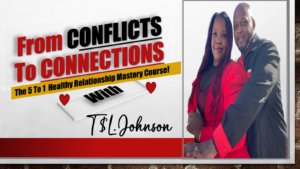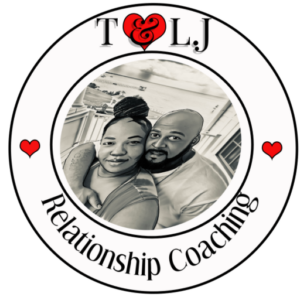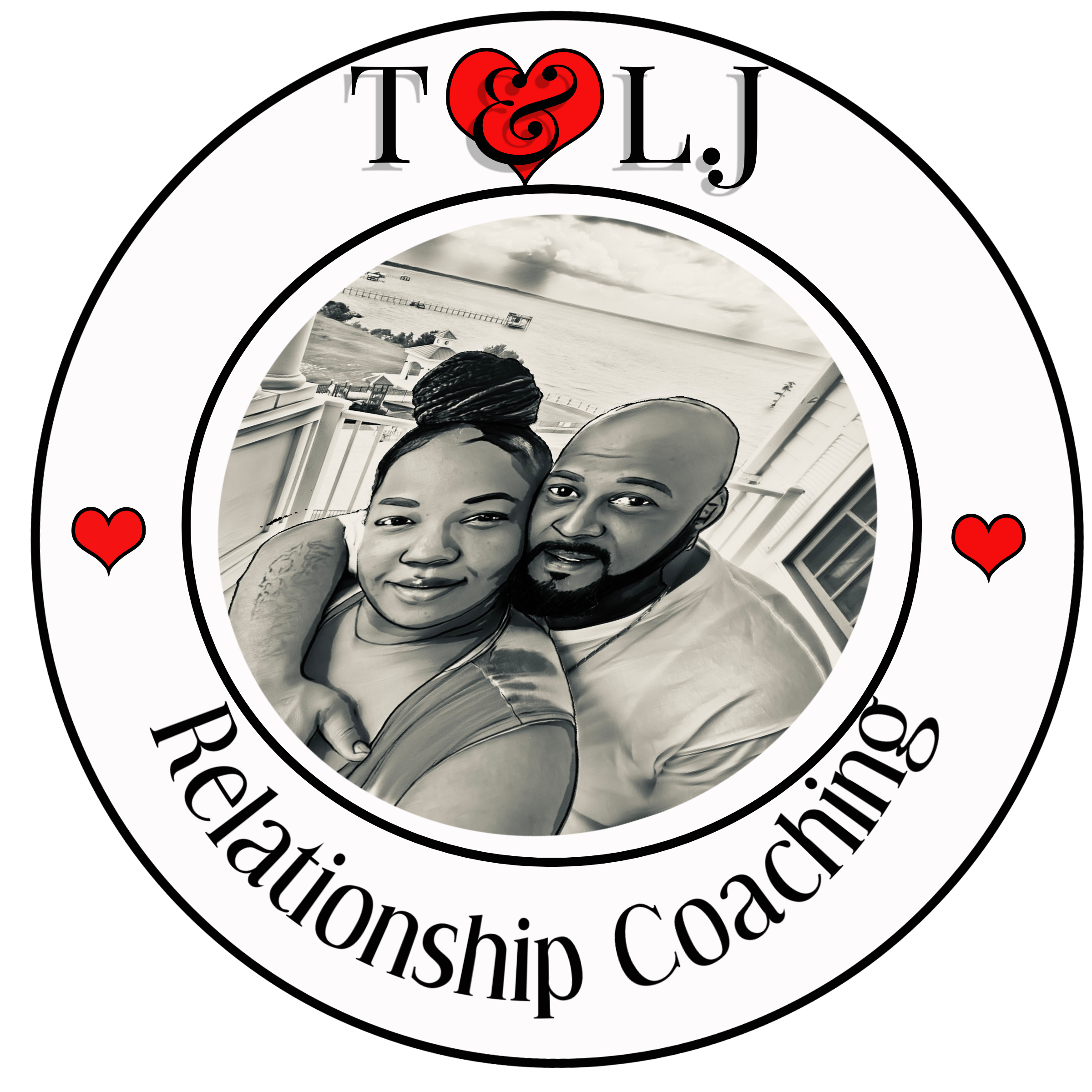Understanding the Power of Brevity
Why Less is More
One thing I’ve learned over the years, both in personal conversations and professional settings, is that saying too much can dilute the message. Think of it like seasoning in cooking. Too much salt can ruin a meal, just as too many words can spoil a conversation. The magic often lies in what’s left unsaid. When you keep it brief, you not only respect your listener’s time but also make your ideas more impactful.
The moment you start over-explaining or adding unnecessary details, you risk boring your audience or losing their interest altogether. It’s like being at a party with someone who drones on about their cat’s eating habits. You just zone out, right? The key to effective communication is ensuring that your main point is clear and resonates.
In my experience, mastering the art of brevity has transformed how I communicate. Whether I’m pitching a business idea or just chatting with friends, I focus on delivering the core message clearly and succinctly. And honestly? It feels good to get straight to the point!
Identifying Your Core Message
Distilling Your Thoughts
Before you say anything, take a moment to think about what you really want to communicate. Identifying your core message is crucial. If you can’t pinpoint it, how will your listener? I often sketch out my thoughts, jotting down key points that encapsulate what I want to say. This practice has helped me streamline my communication remarkably.
Even when you think your audience knows what you’re talking about, they might need that little extra nudge to truly grasp your main point. I’ve found that posing a simple question to myself, “What is the one thing I want them to remember?” makes it easier to shape the conversation. Clarity is everything!
Once you’ve reduced your thoughts to a couple of core ideas, you’ll find that the rest just falls into place. You can then support your main message with just the right amount of detail, which brings value to your conversation rather than clutter.
The Art of Active Listening
Engaging Your Conversation Partner
Listening is just as important as talking, if not more so. Active listening involves genuinely engaging with what the other person is saying and responding thoughtfully. I can’t tell you how many conversations have turned into meaningful discussions when I made a conscious effort to listen intently.
When you listen, you catch nuances that might inform what you say next. This invaluable feedback loop helps you gauge how much more information is needed. I remember a time when I was preparing to give a presentation. By actively listening to my colleagues’ comments, I tuned my message to better address their needs and concerns…
Providing space for your dialogue partner to speak not only enriches the conversation but also allows you to adjust your own messaging. It’s all about a balance; knowing when to contribute and when to absorb information again emphasizes that brevity is often the best strategy.
Crafting Your Words Carefully
Choosing the Right Vocabulary
The words you use matter. They carry weight. Sometimes I catch myself slipping into jargon, thinking it sounds impressive. But, really, it just loses the audience. The sweet spot is finding that balance between being professional while keeping things relatable. I can’t stress enough how crucial it is to choose language that is clear and concise without sacrificing your personality.

For instance, when I describe my ideas, I opt for vivid and relatable imagery to get my point across. This way, I create a connection with my listener—and I keep it tight! You want to paint a picture without creating a sprawling, chaotic mural of words.
Lastly, always remember your audience. When you tailor your vocabulary to fit them, you spark interest and engagement. Keeping it simple and direct not only strengthens your message but fosters better understanding.
Practicing Restraint in Conversations
Knowing When to Stop
This last part is key: sometimes, you just have to know when to stop talking. I’ve been in numerous situations where I’ve rambled on about a point only to realize that I’ve lost my audience. That awkward silence? Yeah, avoid it at all costs! It’s crucial to end your statements while they still hold impact.
One strategy I’ve implemented is to finish my thoughts with a brief pause, allowing time for the listener to absorb the information. This not only invites them to respond but also gives my words more weight. Silence can be the most powerful tool in effective communication, believe it or not.
Another useful tip is to pay attention to body language. If the person you’re speaking to seems distracted or disengaged, it’s a sign to wrap it up. Practicing restraint is about being aware not just of what you say but how it’s received—it’s a two-way street!
FAQ
What is the main idea behind the art of saying just enough?
The essence is to communicate your ideas effectively by choosing your words carefully, making sure not to overwhelm your audience with excess information. Brevity often leads to clarity.
How can I improve my active listening skills?
Start by being fully present in the conversation, avoiding distractions. Show genuine interest in what the other person says and ask clarifying questions to ensure understanding.
Why is knowing your core message important?
Knowing your core message helps you stay focused and ensures that your audience understands and retains the main point of your communication without getting lost in details.
What vocabulary should I use to keep my communication engaging?
Use simple, relatable language that resonates with your audience. Avoid jargon unless you know it will be understood; vivid imagery can help make your ideas stick.
How do I know when to stop talking during a conversation?
Look for visual cues from your listener, such as their engagement levels. Pausing after key points can also invite them to respond, signaling that you should wrap up your thoughts.

Schedule Your First 20-Minute Coaching
Call With Us Today to see if we fit . You pick the price!
Click Here




